2004 Ferrari Challenge Stradale
2004 Ferrari 360 Challenge Stradale
Ferrari 360 Challenge Stradale 2004 technical specifications | |
|---|---|
| Item location: | Newton Center, Massachusetts, United States |
| Make: | Ferrari |
| Model: | 360 Challenge Stradale |
| Type: | Coupe |
| Trim: | Coupe |
| Year: | 2004 |
| Mileage: | 13,400 |
| VIN: | ZFFDU57AX40137262 |
| Color: | Silver |
| Engine size: | 3.6L |
| Number of cylinders: | 8 |
| Power options: | Air Conditioning, Cruise Control, Power Locks, Power Windows |
| Fuel: | Gasoline |
| Transmission: | Automatic |
| Drive type: | RWD |
| Interior color: | Black |
| Safety options: | Anti-Lock Brakes, Driver Airbag, Passenger Airbag, Side Airbags |
| Options: | CD Player, Leather Seats |
| Vehicle Title: | Clear |
| You are interested? | Contact the seller! |
Description |
|---|
For years, a favorite car maker mantra has been, “direct racing involvement creates the ultimate laboratory environment in which to test and develop new technology that can be transferred to production street cars.” In simple terms: “Win on Sunday; sell on Monday.” It’s a good marketing pitch, but legit examples of motorsport trickle-down theory still aren’t as prevalent as the hype would indicate. Not so in the case of Ferrari‘s new Challenge Stradale, for which the link is both clear and genuine.
The Stradale, a steroid-injected adaptation of the already potent 360 Modena, employs direct technology and hardware transfer from Ferrari’s FIA GT and Ferrari Challenge racing efforts. The result is a street-legal road racer that only 250 “preferred” North American clients can purchase at their local Ferrari dealership. The Stradale’s methodology applies three basic elements of a successful race car to the standard Modena coupe package: Make it lighter; make it more powerful; and make it handle better.
To further reduce the Modena’s 3064-pound curb weight, comfort items, like interior carpeting, leather door panels, center console, and radio, have been removed. In their place reside ribbed rubber floor matting and a carbon-fiber console and door panels. Even the revised instruments–the tach face is retina-scorching yellow with a bright-red indicator needle–are housed within a carbon-fiber panel.
A race-bred steering wheel carries longer F1-shifter paddles to aid in orchestrating the recalibrated six-speed electrohydraulic transmission. The Stradale-spec F1 tranny now executes gear changes in just 150 milliseconds, 40 percent quicker than a standard Modena. More rigid, yet lighter-weight seats are constructed of carbon fiber and come wrapped in your choice of leather or suede/fabric. A big arrivederci to the Modena’s back glass; it’s been replaced with a lightweight Lexan rear windscreen with carbon-fiber supports. Carbon-fiber side mirrors pirated from Ferrari’s 360 GT are standard; fixed-position Lexan side windows with small slideback openings are optional. Weight drops by a total of 242 pounds.
Although the standard Modena powerplant puts out more than 100 horsepower/ liter, there were a few more cavallini rampanti to be found. The stock 11:1 pistons were replaced with lightweight 11.2:1 slugs fit to the existing titanium con rods. A revised intake manifold boasting specially machined inlet trumpets is matched with a higher-volume air-mass meter to improve incoming airflow. The five-valve cylinder heads’ intake and exhaust runners have been ported for improved flow as the engine sings at its 8500-rpm redline. A lightweight exhaust system reduces back pressure and leaves little doubt as to why the sound system was deleted: At idle, the 425-horse Stradale emits a racy rasp, and at wide-open throttle, it becomes the most wicked of wails.
Ride height has been lowered by 15 mm, thanks to shorter, 20-percent-stiffer coil springs constructed of titanium for weight saving. The rear anti-roll bar diameter has been increased by 1 mm and works with revised, driver-adjustable dampers; they’re linked to a cockpit-mounted “race” mode button delivering a track-specific calibration should the CS driver use the car for weekend track events. The suspension hardware (and software) delivered a surprisingly docile ride during city driving, yet offered more manageable vehicle control on Ferrari’s famed Fiorano test track.
Special Pirelli PZero Corsa tires are fit to lightweight 19-inch Challenge wheels. Hiding behind those BBS rims is one of the most impressive aspects of the Stradale package: a race-ready set of 15-inch-diameter carbon-ceramic composite-material brake rotors clamped by six-piston alloy calipers. If you think these brakes look like those fit to the super-exotic Enzo, you’re right. The only difference is that the Stradale uses five titanium wheel studs in place of the Enzo’s spindle-mount wheel-retention method. The two-piece brake rotors not only reduce unsprung weight by 16 percent, but proved absolutely fade-free during repeated racetrack punishment.
Design cues come straight from the trackbound GT and Challenge cars. An optional center stripe, recalling the ’62 GTO prototype, runs front to rear over bodywork evidencing subtle aerodynamic modifications that increase downforce by a staggering 50 percent. Other aero updates include extensions added under the front air intakes, revised side sills, and a redesigned rear underbody replete with wind-tunnel-tested longitudinal turning vanes similar to those on F1 machines.
The Ferrari Challenge Stradale defines race technology for the street, and it comes wrapped in an emotional, exciting package. It’s just too bad there’ll be so few to go around.
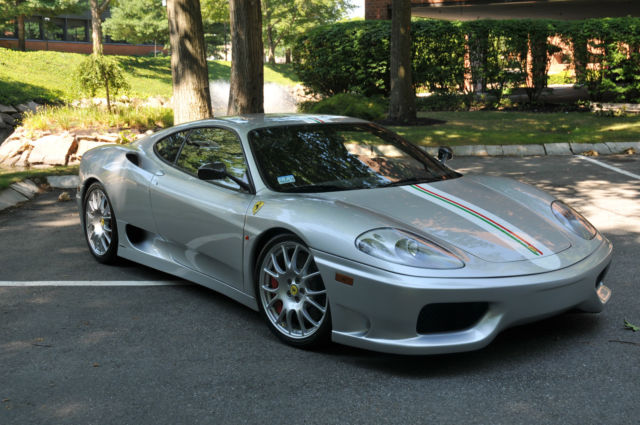
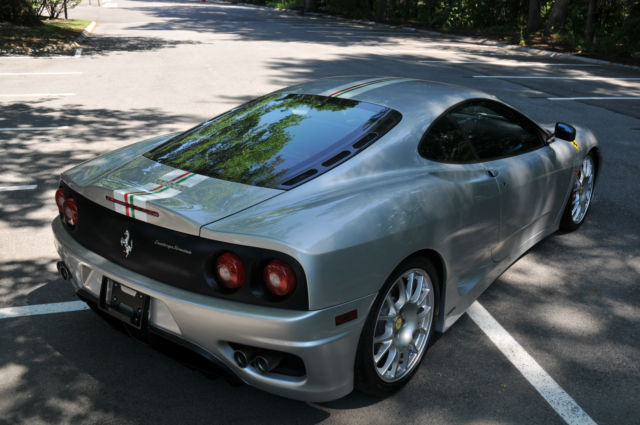
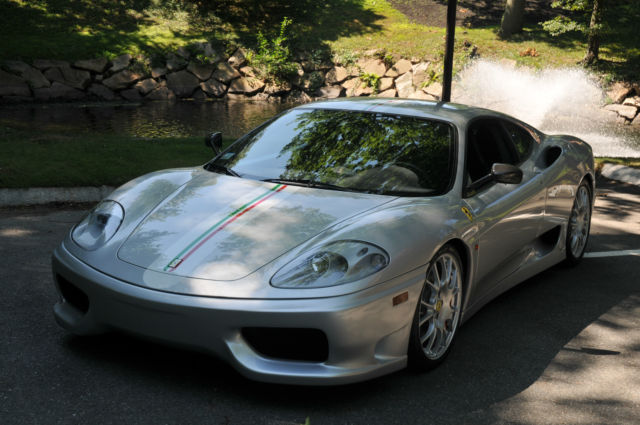
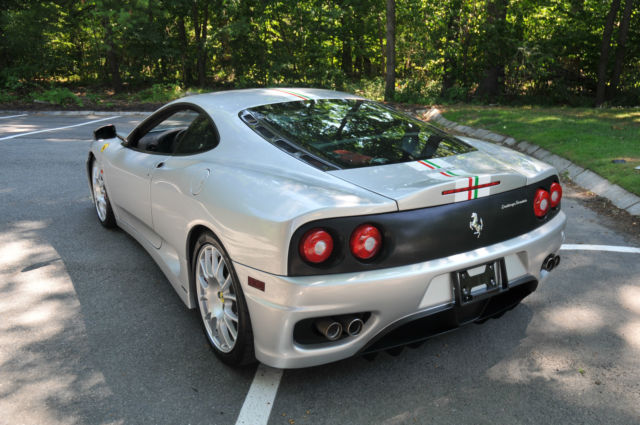
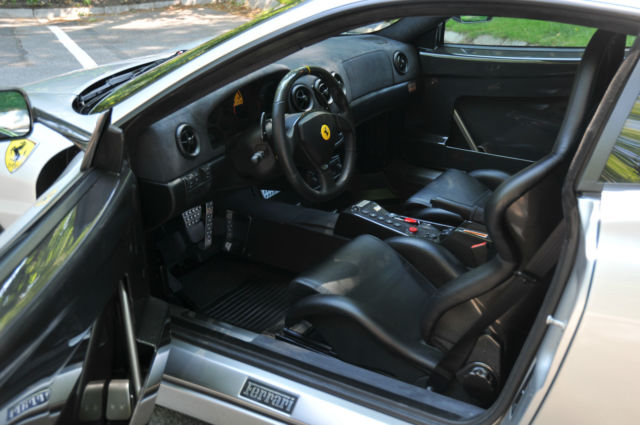
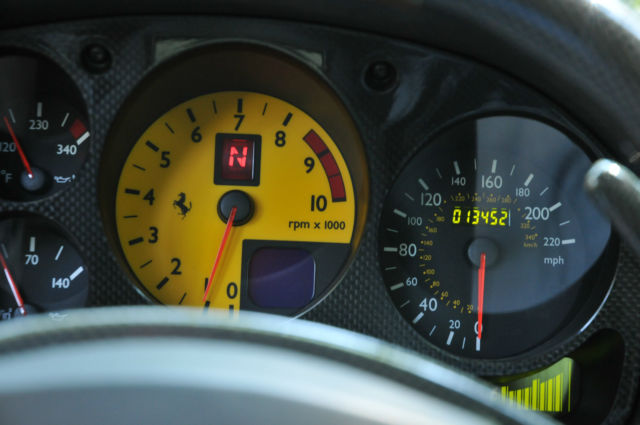
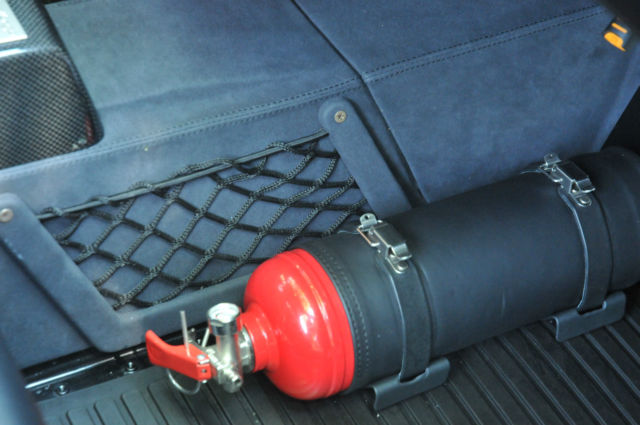
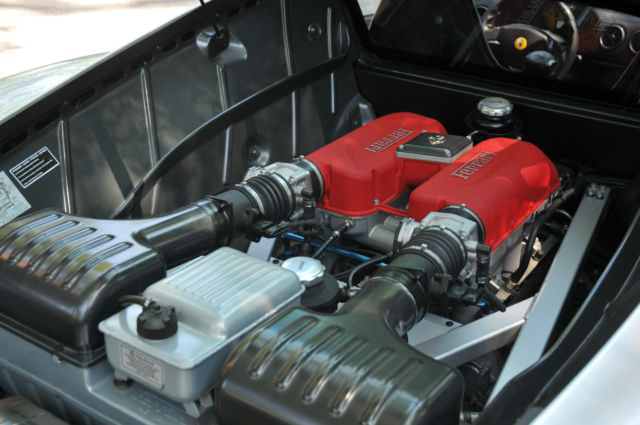
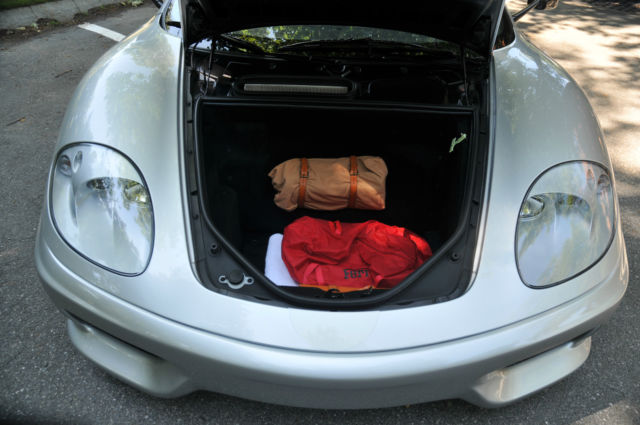
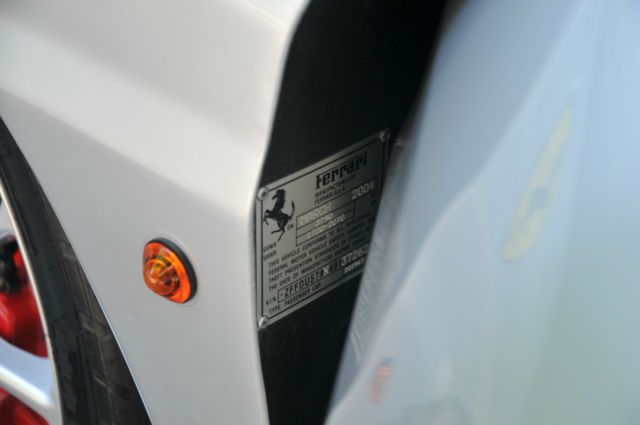
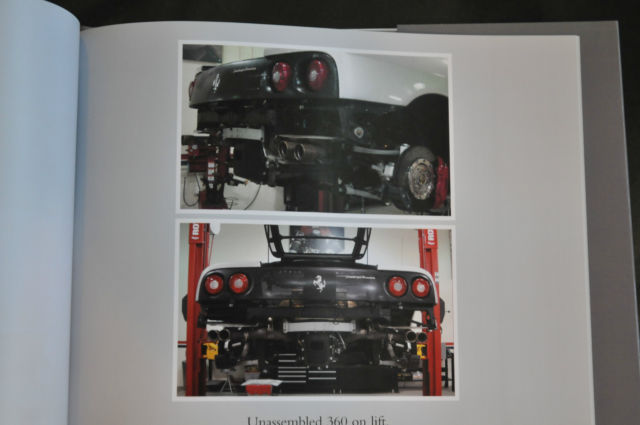
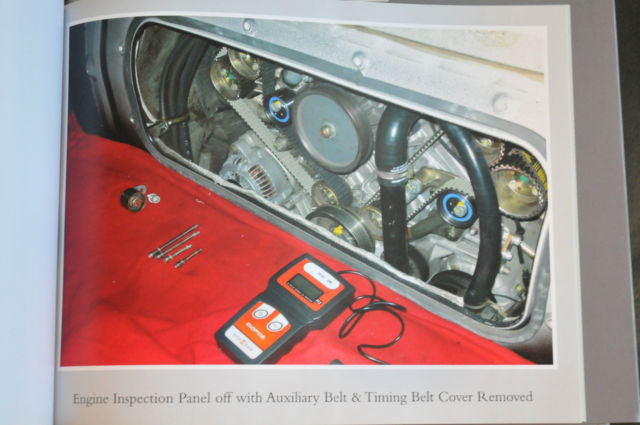
 2004 Ferrari 360 Challenge Stradale 2,100 miles
2004 Ferrari 360 Challenge Stradale 2,100 miles
 2004 Ferrari 360 Challenge Stradale F1 2-Door Coupe
2004 Ferrari 360 Challenge Stradale F1 2-Door Coupe
 2004 Ferrari 360 Challenge Stradale in Rosso Scuderia 7,149 Miles
2004 Ferrari 360 Challenge Stradale in Rosso Scuderia 7,149 Miles
 2004 Ferrari 360 Challenge Stradale Automatic 2-Door Coupe
2004 Ferrari 360 Challenge Stradale Automatic 2-Door Coupe